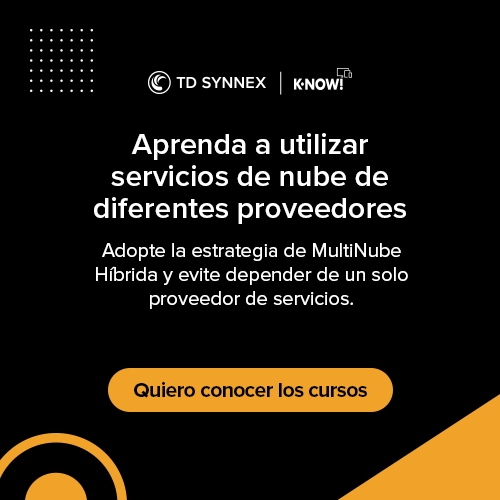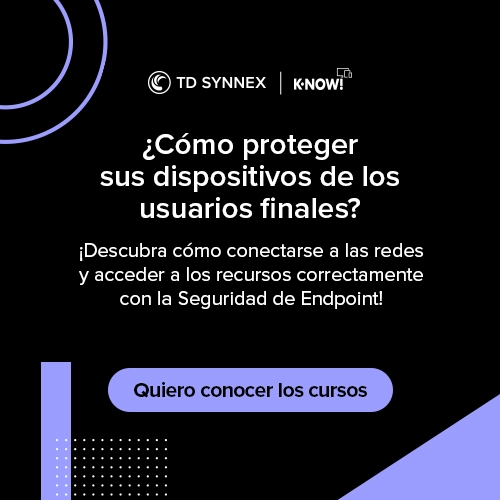SASE: What is it and why is it considered the future standard for network and security solutions?

Business digitization, hybrid work, increased migration to the cloud. The corporate universe has undergone major changes in recent years. COVID-19 pandemic accelerated this new reality and exposed the importance of companies investing in Digital Transformation and offerings provided in the cloud.
As business becomes more and more digital, new IT architectures and work methods are leveraged, with the increase in on-demand cloud solutions and work-anywhere initiatives.
In turn, this “new normal” has demanded new access, connection and security requirements, as companies now have more users, devices, apps, services, and data out of their offices.
Companies started looking for solutions to allow access anywhere, anytime, from any device, thus adapting and staying ahead in business digitization. In this context, SASE model becomes key for business.
This term was coined by Gartner® in 2019 and includes a network architecture with software-defined wide area network (SD-WAN) and cloud security that promises simplified WAN deployment, greater efficiency and security.
SASE is a trend that is increasingly mature and, with the Digital Transformation of companies and security migrating to the cloud, it has become key to meet the needs of convergent services of organizations.
Therefore, security and risk management leaders must create a SASE implementation plan. But before that, it is important to understand more deeply the meaning of this trend.
With that in mind, we've prepared this content to help you on this mission, and we've even provided some Gartner® recommendations for that journey. Let’s go?
What is Secure Access Service Edge (SASE)?
Secure Access Service Edge is a network architecture that brings together VPN and SD-WAN features with cloud-native security functions.
SASE model consolidates many network and security features, traditionally provided in isolated one-off solutions, into a single integrated cloud service.
SASE is key to meet the companies' needs to reduce complexity, improve speed and agility, enable Multicloud networking, and secure the new SD-WAN enabled architecture.
SASE consolidates network and security features and functions into a fully-integrated single, native cloud platform to meet all the companies’ need. For this, it has the following elements:
- • SD-WAN: This architecture helps ensure a more predictable experience for app users and provides a seamless and secure Multicloud architecture;
- • Cloud Security: Cloud protection including implementing user, data and apps policies, even helping manage all remote and local users anywhere;
- • Zero-Trust Network Access: Through this access, it is possible to verify the identities of users and ensure the security of devices before granting access to authorized applications. It helps organizations block malicious access and breaches.
As you can already see, SASE offers many features for companies. Learn more about the main advantages of this concept:
Reducing Cost and Complexity
By relying on SASE, companies don’t need to rely on many independent one-off solutions. Everything is now in a single integrated platform. Thereby, companies can cut costs and complexity.
Managing Policies in a Centralized Manner
This trend allows centralizing the management in the cloud, making visibility and control easier, and remote access possible.
Increasing Network Efficiency
By simplifying security management and preventing breaches, SASE helps optimize the efficiency of security teams and the network, contributing to greater control over network regulations, access requirements, and other functions.
Optimizing Performance and Latency
SASE optimizes latency by improving performance and routing in edge locations, particularly in collaboration, video, and other apps that are heavily used by in-person and remote users.
Reducing Operational Burden
As SASE is centralized and native to the cloud, it reduces the need for installed devices and equipment. Therefore, it is possible to reduce the operational burden of security teams.
Why is it considered the future standard for network and security solutions?
Traditional network security architectures were designed with the corporate data center as the focal point for access needs. However, as companies started to modernize and have more and more remote users, this model has become inefficient for all demands.
As a result, many important trends have evolved over the last few years and many new network and security challenges have been faced, requiring innovative solutions to efficiently solve them.
SASE was created precisely to meet these new demands and offer the security and efficiency that companies need to deal with this Hybrid Multicloud universe.
Gartner® considers “SASE as the future secure network model for companies and foresees that this concept will become the new security standard in coming years, with at least 60% of companies adopting explicit SASE strategies until 2025.”
Therefore, according to Gartner®, “security and risk management leaders responsible for infrastructure security must develop a roadmap to adopt SASE features and offerings:
Short-Term:
- • Deploying zero-trust network access (ZTNA) to increase or replace legacy VPN for remote users, especially for high-risk use cases.
- • Inventory equipment and contracts to implement a multi-year phase outside the local perimeter and branch hardware for cloud-based delivery of SASE features.
- • Consolidating vendors and eliminating complexity and costs as contracts are renewed for secure web gateways (SWGs), cloud access security brokers, (CASBs) and VPN. Taking advantage of an emerging converging market by bringing together these leading-edge security services.
- • Actively engaging with branch office transformation and MPLS offload initiatives to integrate leading cloud-based security services within the project’s plan.
Long-Term:
- • Consolidating SASE offerings to a single vendor or two explicitly partner vendors.
- • Implementing ZTNA for all users, regardless of location, including the office or branch office.
- • Choosing SASE offerings that allow you to control where inspection takes place, how traffic is routed, what is logged, and where logs are stored to meet privacy and compliance requirements.
- • Creating a dedicated team of security and network experts with shared responsibility for secure access engineering, covering local, remote, branch and point-of-presence employees.”
Gartner ®, 2021 Strategic Roadmap for SASE Convergence, Neil MacDonald, Nat Smith, Lawrence Orans, Joe Skorupa, 25 March 2021.
Did you see the importance of SASE to develop a network and security strategy prepared for future hybrid demands? This trend is a real advantage to optimize your business and set yourself apart in the market.








